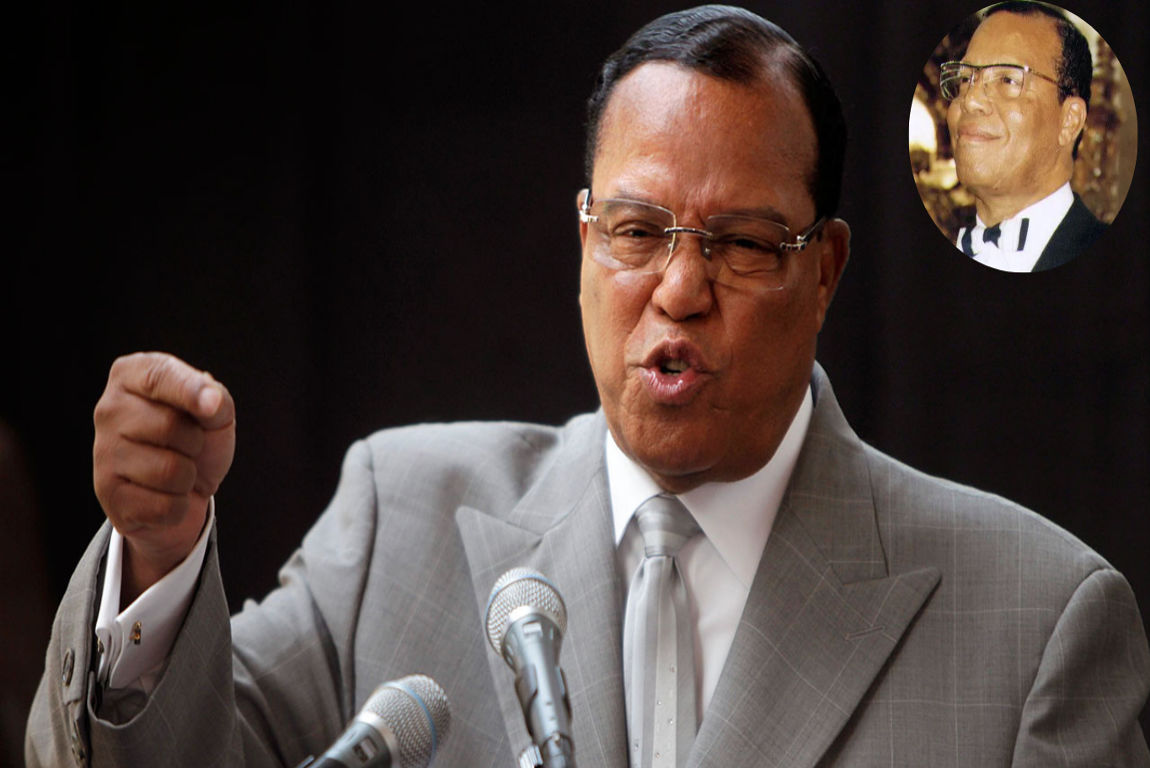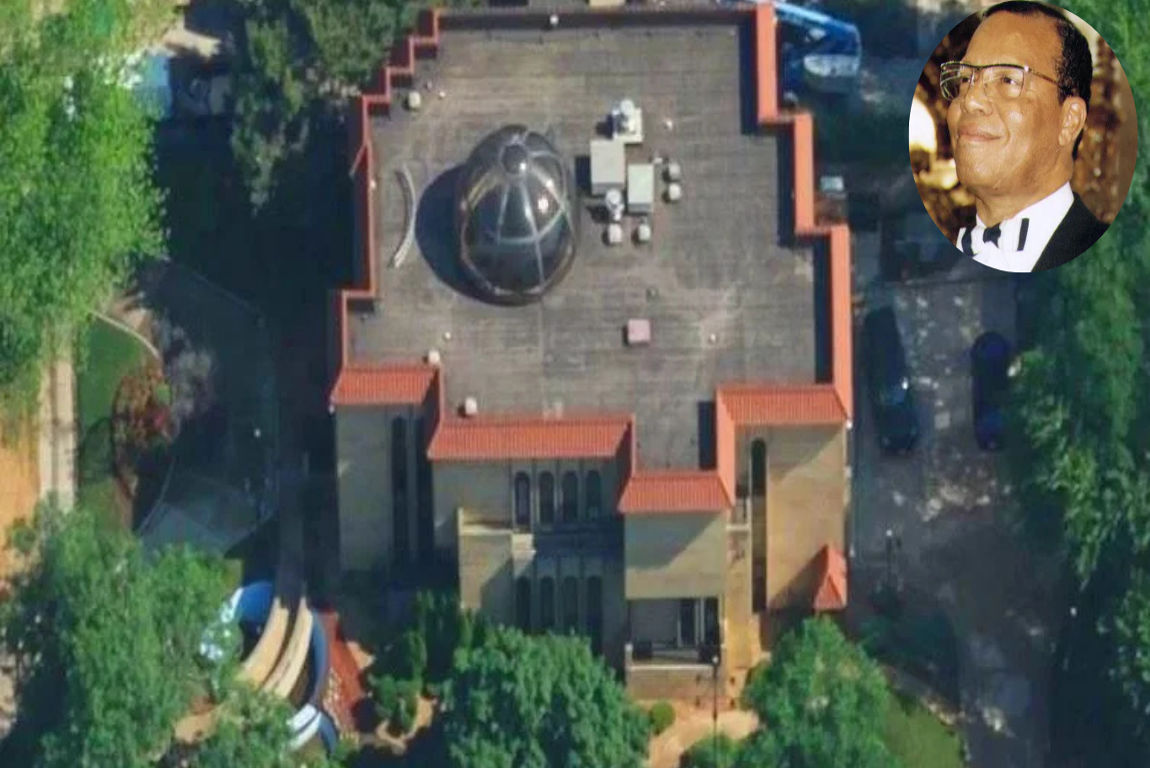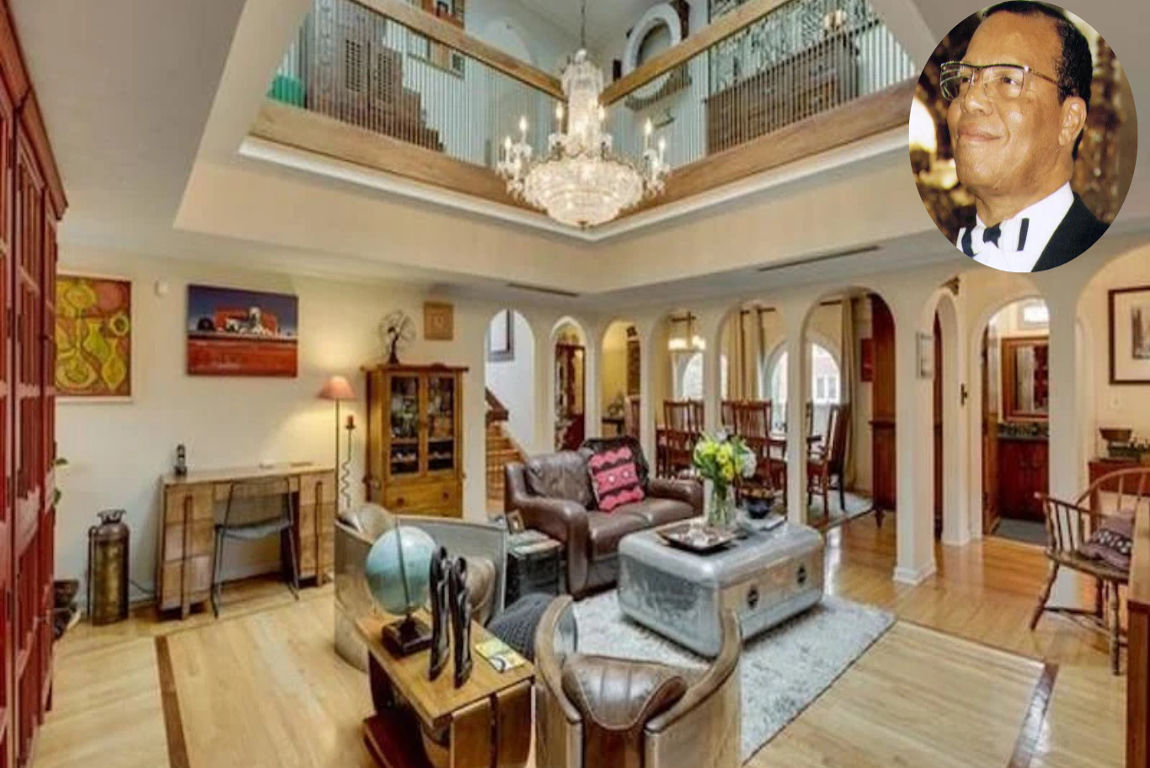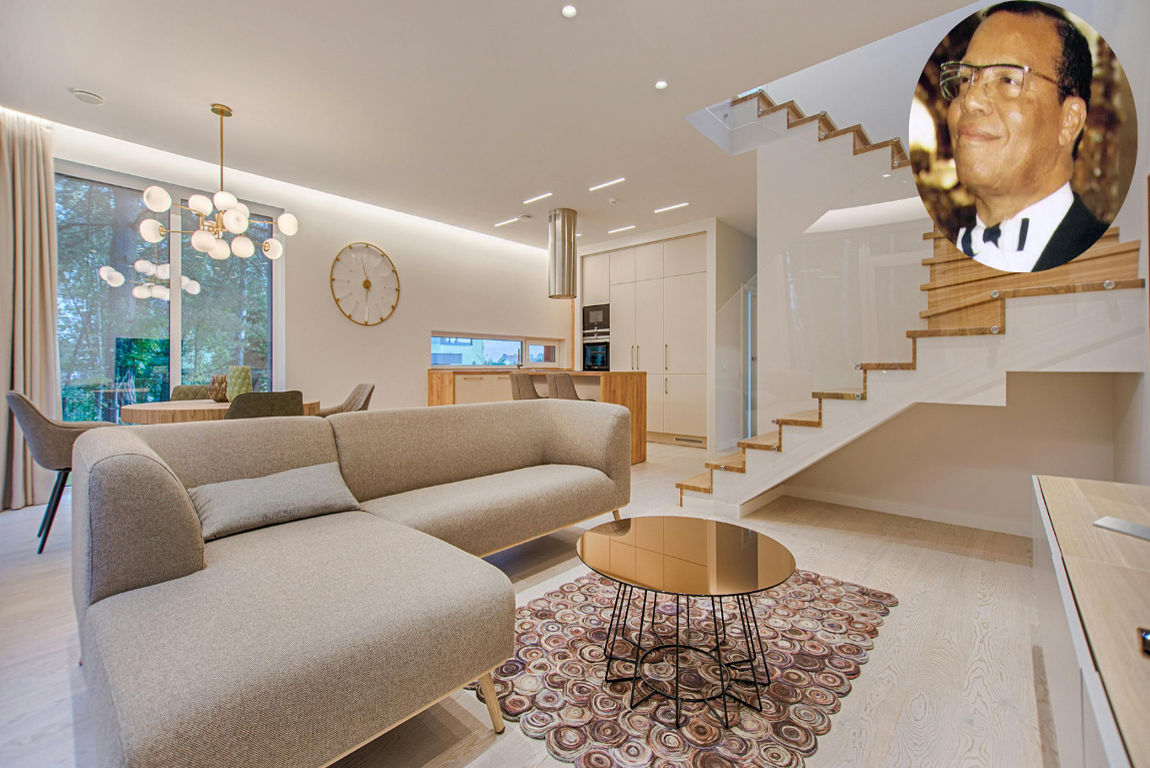Louis Farrakhan, a name that resonates deeply within the realms of religion, politics, and Black empowerment, has left an indelible mark on American history. As the leader of the Nation of Islam (NOI), Farrakhan has been both celebrated and criticised for his ideologies and leadership style. Among the many symbols of his legacy, one stands out prominently: Louis Farrakhan’s house in Chicago. This historic residence is more than just a home; it is a testament to the Nation of Islam’s enduring influence and Farrakhan’s pivotal role in shaping its modern identity.
Who Is Louis Farrakhan? A Brief Background

To understand the significance of Louis Farrakhan’s house in Chicago, it’s essential to first delve into the man himself and his connection to the Nation of Islam.
Early Life and Rise to Leadership
Louis Farrakhan, born Louis Eugene Walcott in 1933 in the Bronx, New York, grew up in a working-class family. A talented musician, Farrakhan initially pursued a career in entertainment before finding his calling in religion. His life took a transformative turn when he joined the Nation of Islam in the 1950s under the mentorship of Elijah Muhammad, the group’s then-leader.
Farrakhan quickly rose through the ranks, becoming a prominent spokesperson for the NOI. After Elijah Muhammad died in 1975, Farrakhan eventually assumed leadership, reviving the organisation and solidifying its influence within the African American community.
The Nation of Islam and Its Ideology
The Nation of Islam, founded in 1930, is a religious and socio-political movement that advocates for Black empowerment, self-reliance, and spiritual awakening. Under Farrakhan’s leadership, the NOI expanded its reach, addressing issues such as economic inequality, systemic racism, and community uplift. Chicago became the movement’s epicentre, making Farrakhan’s residence in the city a focal point of its activities.
You may also read (discover the charm of cal mcnair house today).
The History of Louis Farrakhan’s House in Chicago

Location and Origins
Nestled in Chicago’s South Kenwood neighbourhood, Louis Farrakhan’s house is located at the corner of Woodlawn Avenue and 49th Street. This grand mansion, built in 1914, boasts a neo-classical architectural style with yellow brick exteriors that exude timeless elegance.
The property was initially acquired by Elijah Muhammad in 1971, serving as a symbol of the Nation of Islam’s growing prominence. In 1986, Farrakhan purchased the house, continuing its legacy as both a private residence and a headquarters for NOI leadership.
A Mansion with Historical Significance
The house is a sprawling 21-room mansion that reflects the grandeur of its era. Its acquisition by Farrakhan marked a continuation of Elijah Muhammad’s vision, symbolizing the enduring strength and unity of the Nation of Islam. Over the years, the house has hosted numerous meetings, events, and planning sessions, solidifying its role as a cornerstone of NOI’s operations.
Architectural and Cultural Significance
A Glimpse into the Mansion’s Design
The architectural beauty of Louis Farrakhan’s house in Chicago is undeniable. Its neo-classical design, characterized by symmetrical proportions and intricate detailing, reflects the opulence of early 20th-century architecture. The yellow brick façade, large windows, and stately columns add to its charm, making it a standout landmark in the South Kenwood neighbourhood.
A Cultural Landmark in Chicago
Beyond its architectural appeal, the house holds immense cultural significance. Located in a historically integrated and professional area, the mansion stands as a testament to the Nation of Islam’s influence in Chicago. It has served as a gathering place for key events, fostering discussions and initiatives that have shaped the city’s socio-political landscape.
The House’s Role in Nation of Islam’s Activities

A Hub for Economic and Social Initiatives
Under Farrakhan’s leadership, the house became a hub for organizing the Nation of Islam’s economic, social, and religious programs. From addressing economic disparities to combating violence, the NOI has played a pivotal role in uplifting Chicago’s African American community. The house served as a base for these efforts, symbolizing hope and progress.
Key Events and Movements
Many of Farrakhan’s public speeches and movements have emanated from Chicago, further cementing the house’s symbolic importance. The property has been closely linked to NOI’s initiatives, including educational programs, community outreach, and religious gatherings. Its proximity to other NOI landmarks, such as Mosque #2, underscores its central role in the organization’s activities.
You may also read (inside colt mccoys luxurious home).
The Legacy and Controversies Surrounding Louis Farrakhan
A Polarizing Figure
Louis Farrakhan’s legacy is as complex as it is impactful. While he is revered by many for his advocacy of Black empowerment and self-reliance, he has also faced criticism for his controversial statements. This duality is reflected in the perception of his Chicago residence, which is both a symbol of reverence and a point of contention.
The House as a Symbol of Legacy
The mansion embodies the broader narrative of race, religion, and politics in the United States. It stands as a reminder of the Nation of Islam’s contributions to the African American community, as well as the challenges and controversies that have shaped its journey. Farrakhan’s leadership and the house’s historical significance continue to influence Chicago’s socio-political landscape.
Visiting the Louis Farrakhan House and Nearby Attractions

A Private Residence with Public Interest
While Louis Farrakhan’s house in Chicago is a private residence and not open to public tours, its exterior remains a point of interest for those studying the history of the Nation of Islam. Visitors can admire the mansion’s architecture and reflect on its historical significance from the outside.
Nearby Landmarks
For those interested in exploring more of Chicago’s rich history, the South Side and Hyde Park areas offer a wealth of cultural and historical sites. Some notable landmarks include:
- Mosque #2: Purchased by Farrakhan in 1988, this mosque is a pivotal site in the history of NOI.
- Elijah Muhammad’s Original Properties: These locations provide further insight into the Nation of Islam’s roots.
- DuSable Museum of African American History: Located nearby, this museum offers a broader context of African American history and culture.
LandmarkSignificance
Mosque #2 A central place of worship and community for the Nation of Islam.
Elijah Muhammad’s Homes: Historical Properties Tied to the NOI’sNOI’s Early Leadership.
DuSable Museum: A museum dedicated to African American history and cultural contributions.
You may also read (discover the luxury of tyler perrys dream home).
